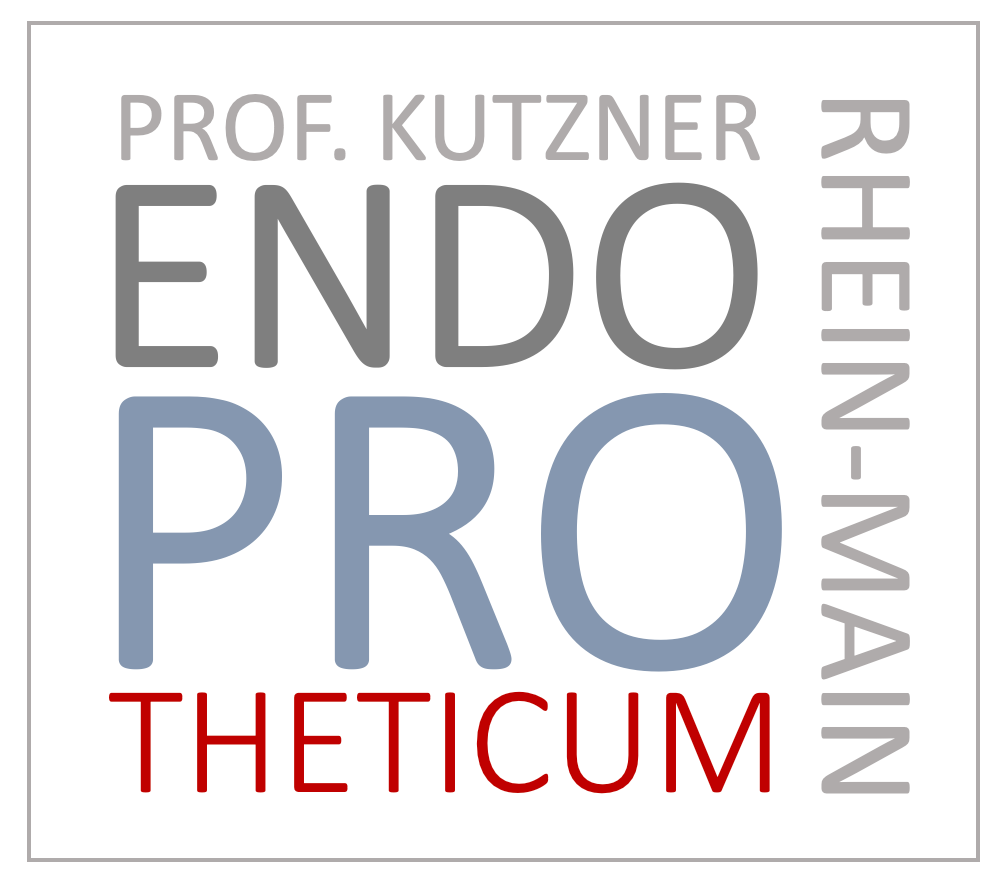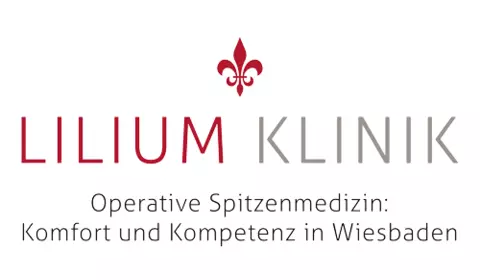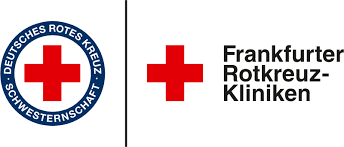CONSERVATIVE ARTHRITIS THERAPY
PHYSICAL THERAPY
All guidelines consider exercise therapy to be the core element of osteoarthritis therapy. Depending on age, comorbidity, pain intensity and movement restrictions, exercise therapy can include strengthening and mobilization exercises, but it also serves to increase physical resilience. In the case of limitations in functional mobility, the guidelines recommend passive joint mobilization techniques, which they also define as an element of exercise therapy. Physiotherapy in particular is an essential component of treatment. Here, patients learn exercises that they can ideally continue to do at home on their own.
Sports activity, such as cycling or swimming, can reduce pain, improve mobility, increase joint metabolism and strengthen the surrounding muscles and is also considered an important part of conservative therapy.
The decision about the type of sporting activity (hiking, cycling, golf, tennis...) should be made on an individual basis and should take into account anatomical conditions (leg axes, accompanying pathologies) on the one hand and the current pain and inflammatory reaction of the arthrosis on the other. Overloading due to sport should be avoided. In the case of acute joint pain and swelling, a temporary ban on sport may often be necessary.
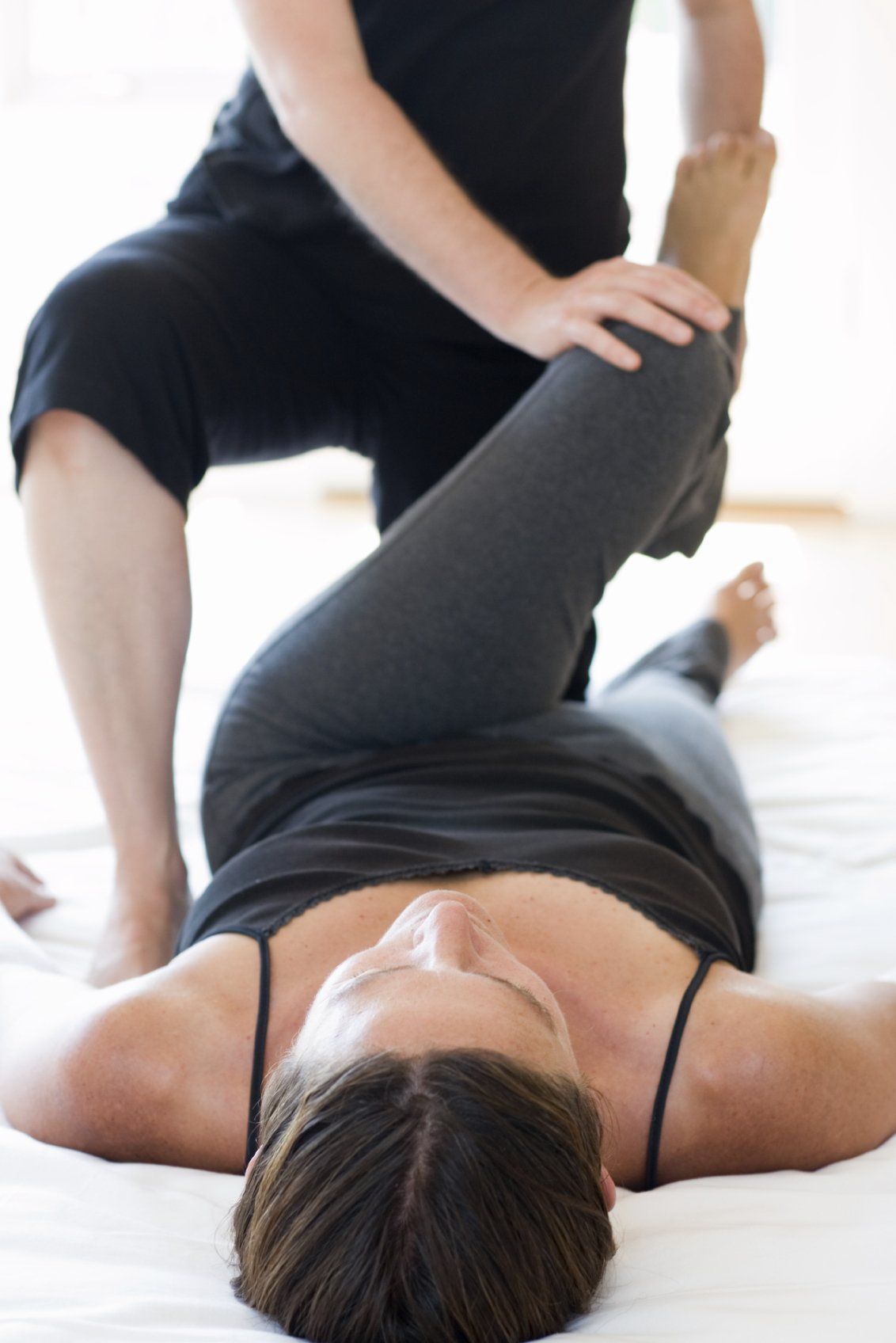
ANTI-INFLAMMATORY
PAIN THERAPY
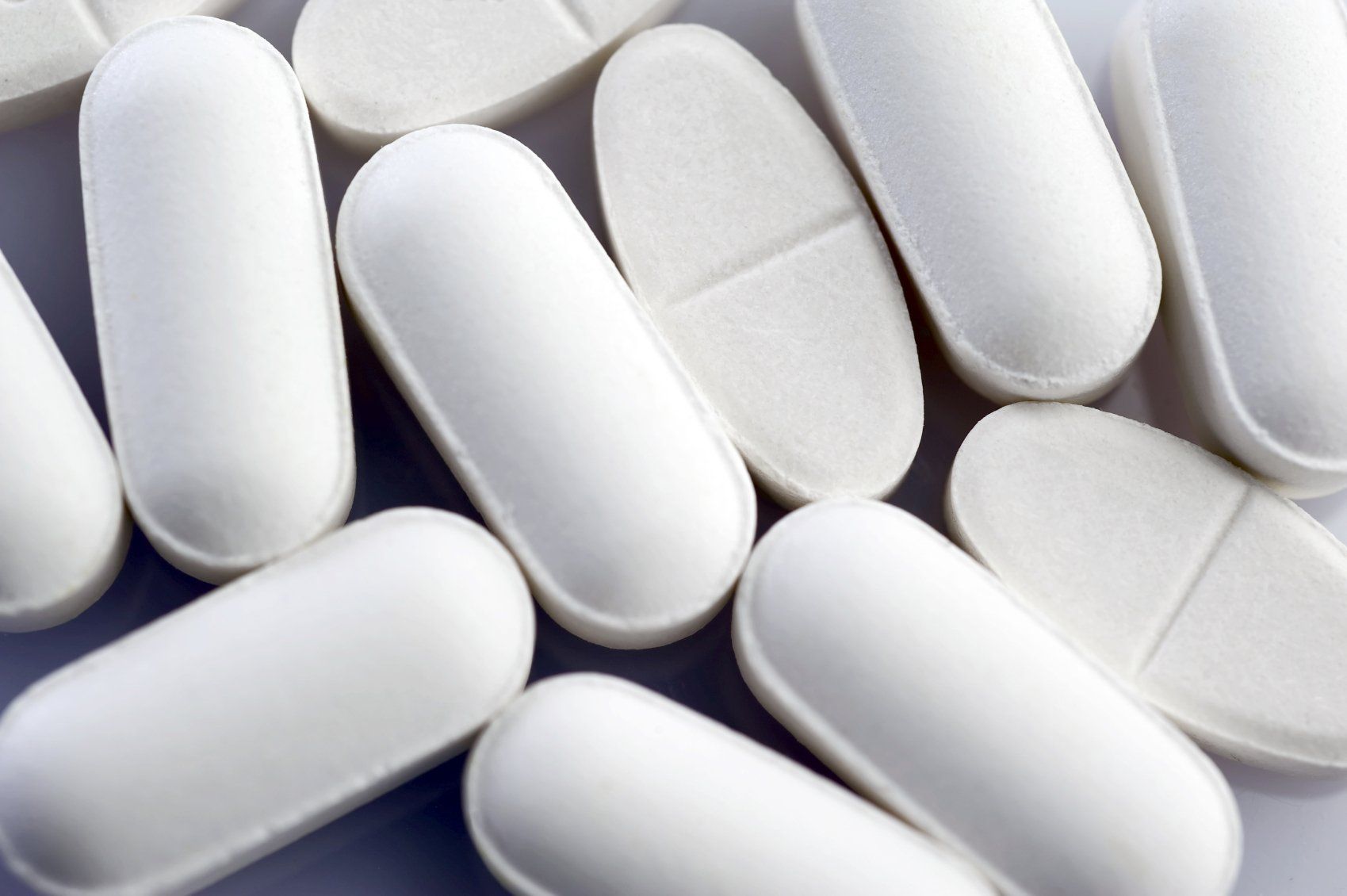
Non-steroidal anti-inflammatory drugs (NSAIDs) are a group of drugs that have analgesic, anti-inflammatory and antipyretic effects. They are therefore particularly effective for inflammation-related osteoarthritis pain.
Due to large inter-individual variations in bioavailability and half-life, the effect varies in intensity among patients.
NSAIDs should not be used for long-term treatment, but only for a limited period (“as needed”) during periods of pain and until the inflammation subsides. The duration of treatment is not always predictable, but should be continued until the symptoms of inflammation (such as swelling, pain, warmth) subside. The effect of NSAIDs occurs on average about 0.5-1 hour after ingestion, with delayed-release tablets (eg sustained-release tablets) after about 1-3 hours.
NSAIDs have a considerable potential for side effects, which occur particularly in older people and at higher doses. In particular, they can damage the stomach, kidneys and cardiovascular system if used for a long time.
Systemic COX-2 inhibitors are a special form of NSAIDs that can significantly reduce side effects, particularly in the gastrointestinal tract.
NSAIDs can be combined well with metamizole (Novalgin, Novaminsulfon) in cases of severe pain. However, the exact mechanism of action of metamizole is still unknown.
Paracetamol has no clinically significant pain-relieving effect in patients with osteoarthritis. Numerous studies have reached this conclusion.
Patients with osteoarthritis should also be treated with caution using opiates. These are purely painkillers and do not work against the inflammation in the joints. The benefit of these painkillers is therefore minimal and there is a high risk of side effects. They also have a significant potential for addiction.
The different substance groups used in pain therapy are used individually, whereby the benefits and side effects must always be weighed up.
INFILTRATIONSTHERAPIE
Infiltration of the joints is carried out under sterile conditions, but a residual risk still remains. Skin germs can be carried into the joint, which can cause a joint infection. The frequency of this is given in the literature as 1:10,000. An allergic reaction, bleeding or damage to a thin nerve by the needle are also possible in very rare cases.
Despite these risks, joint infiltration is a useful measure for osteoarthritis. The administered
Medications act directly in the joint and sometimes have a long-lasting effect. The frequent
Stomach problems with anti-inflammatory tablets do not occur.

CORTISONE
Glucocorticoids, often referred to as cortisones for short, have a strong anti-inflammatory effect. When injected into the joint, the cortisone can act directly on the irritated and inflamed synovial membrane. These measures should be carried out as rarely as possible. Although cortisone is very effective, it can also damage the joint cartilage, especially if used frequently. An injection of cortisone into the joint is often very effective, especially in cases of activated arthrosis with swelling and effusion. This can also be used to drain a bulging joint effusion. By pulling out the effusion, the pressure inside the joint is reduced. However, the effect of the cortisone usually wears off significantly after about 4 weeks.

HYALURONIC ACID
Hyaluronic acid has been used for several decades in the symptomatic treatment of arthrosis of various joints. It is a substance that occurs naturally in the joint. Cartilage cells and the synovial membrane in particular produce hyaluronic acid. The water-binding hyaluronic acid and its polymers (long-chain compounds) keep the synovial fluid viscous. This makes hyaluronic acid the actual "lubricant" in the joint, which supports the sliding ability of the joint surfaces. In the event of inflammation or after injuries or in old age, the availability of hyaluronic acid in the joint decreases. By injecting hyaluronic acid into the affected joint, the adverse effects of the lack of hyaluronic acid can be compensated. The aim is to prevent or at least slow down the wear and tear of the joint caused by the increased friction of the joint surfaces.
Despite a large number of scientific studies, the effectiveness of this form of therapy is still controversial in the literature. However, newer and high-quality meta-analyses describe clinically relevant pain relief. Therapy with hyaluronic acid is widespread, but is not yet covered by statutory health insurance.

ACP / PRP
Treatment with autologous conditioned plasma (ACP) is a new type of treatment for joint problems caused by wear and tear. It is known that the growth factors contained in human blood can have a positive effect on a wide range of healing processes. ACP therapy is based on this knowledge. Using highly concentrated growth factors in the blood (from the thrombocytes or platelets), healing and reconstruction processes in damaged joint cartilage and tendon tissue can be stimulated. Initial clinical results show significant improvements in terms of pain and mobility.
This requires a blood sample. A special centrifuge separation process is used to extract the part of the blood that contains the body's own regenerative and anti-arthritis components. The body's own solution obtained in this way is then injected directly into the affected joint. This is done using a specially developed double syringe that ensures maximum patient safety. ACP therapy is recommended for painful mild to moderate arthrosis (grade I-III arthrosis). However, the therapeutic effect is low for grade IV arthrosis.






